Description
Low power ESP32 development board. The ePulse from ThingPulse is the perfect companion for your battery-powered IoT projects.
Technical Specifications
| Microcontroller | ESP32-D0WD-V3 or ESP32-D0WDR2-V3 |
|---|---|
| ESP32 Module | ESP32-WROVER-E-N8R8 |
| Input Voltage (VIN pin) | 3V3 – 6V |
| Power Consumption Deep Sleep | ~12uA (at 3.3V), ~27uA (at 4.2V) |
| GPIO Pins | 20 |
| Flash | 8MB (Quad SPI) |
| PSRAM | 8MB (Quad SPI) |
| UART | CH9102F |
| LDO |
XC6220B33 |
| Battery |
TP4056 for LiPo |
| Board Dimensions |
50.8 x 24.4mm (PCB) |
Optimized for Low Power Consumption
ePulse Feather, the low power ESP32 development board, is optimized for applications where a low sleep current and LiPo battery support is required. The VIN pin accepts voltages between 3V3 and 6V. When the ePulse board is in deep sleep it only consumes between 12uA (above 3.3V) and 27uA (below 3.3V). Most ESP32 and ESP8266 board consume around 100 – 130uA.
This low sleep consumption is perfect for applications where the device sleeps most of the time and only wakes up from time to time to complete a task. For instance, a WiFi remote control for home automation can sleep until the user presses one of the buttons. The device wakes up, connects to WiFi, sends the command over MQTT and goes back to sleep until the next time a button is pressed.
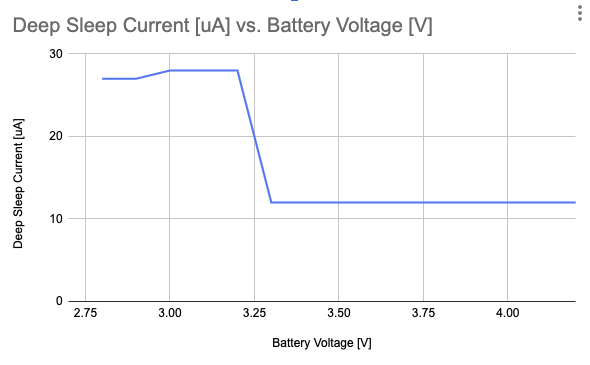
We also made sure that the integrated serial-2-usb chip is only consuming power when the device is powered through the USB port. Please note that to reduce standby power consumption this module comes only with a LED indicating charging status. No other status LEDs are included.
Ideal Form Factor for Prototyping
The size of the ePulse dev board is perfect to fit into a breadboard and leave one row of pins free for prototyping your circuit. We also took care that the dev board’s PCB doesn’t block the antenna of the ESP32 module. This leads to better signal strength for transmission and reception.
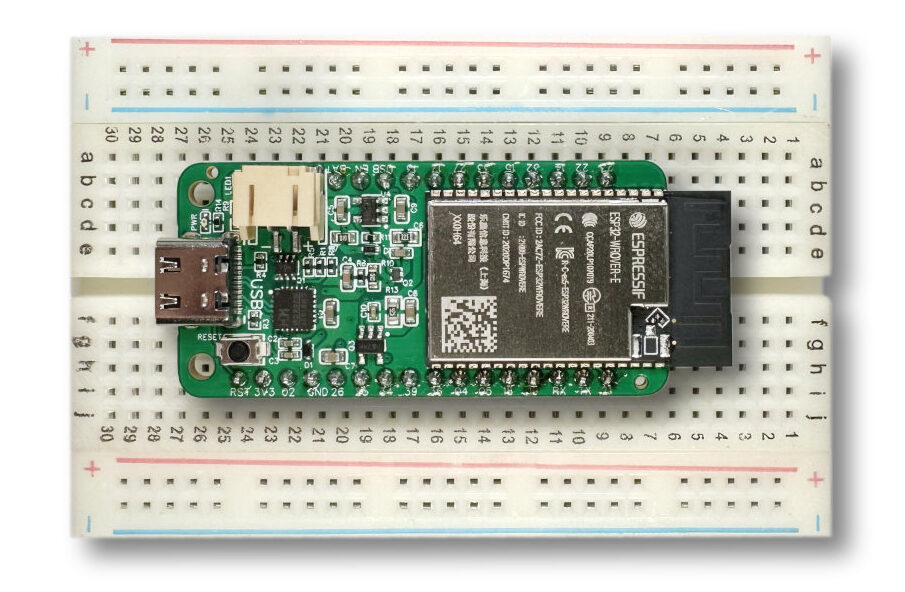
Easy Programming
The onboard UART CH9102F by WCH lets you easily program the ESP32 from your Windows, Mac or Linux computer. In our tests, we could use the highest transmission rates of 921600 bauds to re-program the chip within seconds. Regular ESP32 upload programs can automatically set the module into flashing mode.
Note: please make sure that you have the latest driver installed for the CH9102F UART chip: http://www.wch-ic.com/downloads/category/30.html
Powerful ESP32 Module
This board takes advantage of the ESP32-WROVER-E module which breaks out many of the ESP32’s pins. It also comes with 8MB PSRAM which enables you to implement memory-hungry applications like embedded machine learning or using a graphics driver with a frame buffer. Please note that current software stacks might limit the PSRAM usage to 4MB. The WROVER-E module has passed several certification programs like FCC and CE.
The ePulse development board gives you access to no less than 20 GPIO pins.
Integrated LiPo Battery Circuitry
The ePulse Feather is perfect for your battery powered projects. The TP4056 chip charges your LiPo batteries for which the ePulse Feather features a standard JST connector. The board itself does not have a circuitry for over-discharging protection, we assume that you use batteries that have the protection built-in. To measure battery voltage we added a voltage divider.
From Makers For Makers
We are makers and we want to make your life as easy and fun as possible. We often integrate our dev boards into other projects and we also design enclosures with the boards inside. That’s why we provide the 3D model of the board to you.
Example Use Cases
The following charts were recorded by a ePulse Feather sleeping for 20 seconds, waking up, measuring battery voltage, connecting to WiFi and MQTT and pushing the voltage, uninterrupted boot count and time of the last duty cycle to InfluxDB. The 2.5Ah battery could reach 36’000 duty cycles before running out of sufficient energy
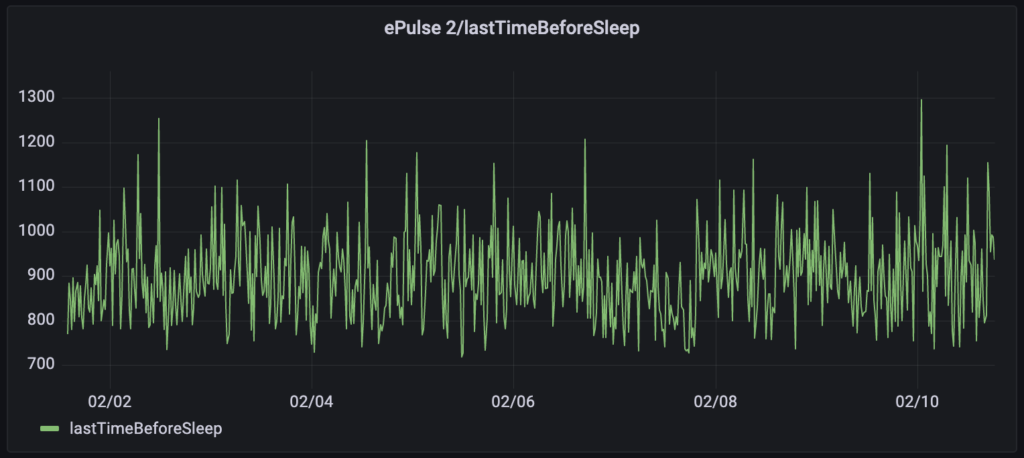
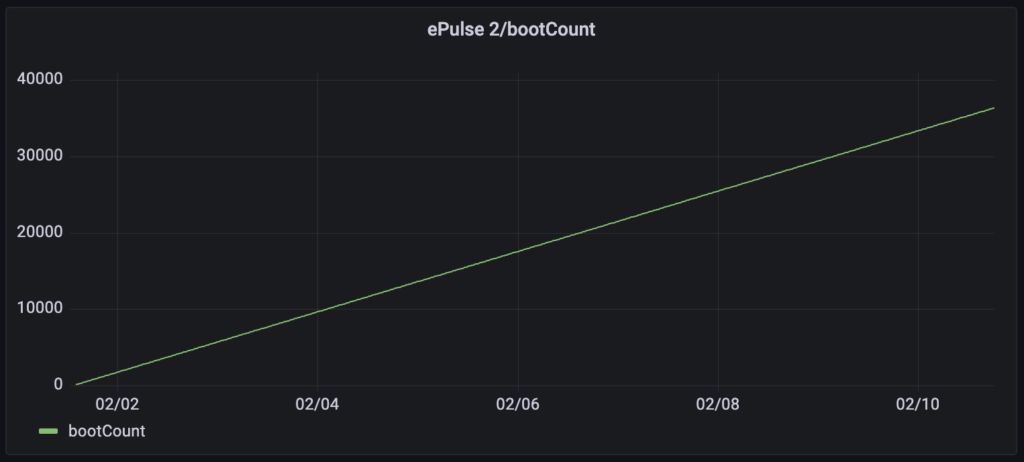
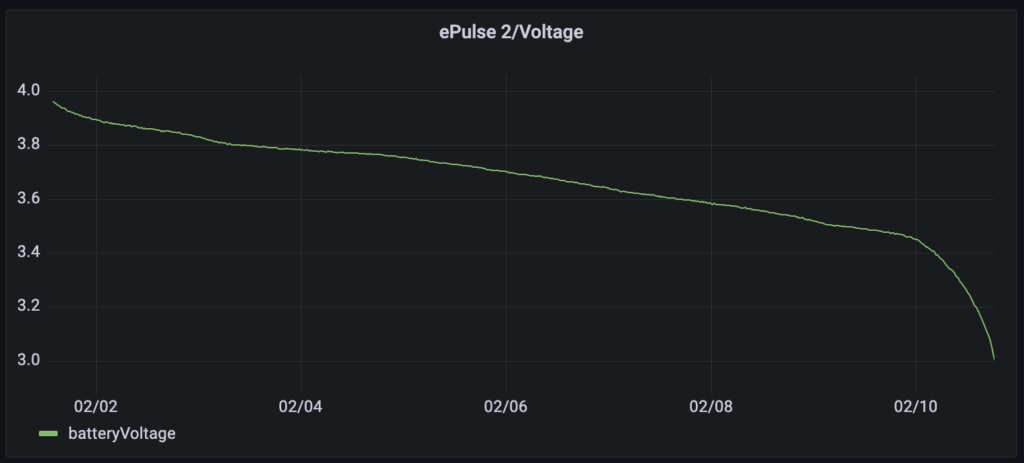
Documents
- ePulseFeather_Schematic_20221230
- ePulse Feather STEP file (3D object)
- Latest driver for the CH9102F UART chip: http://www.wch-ic.com/downloads/category/30.html

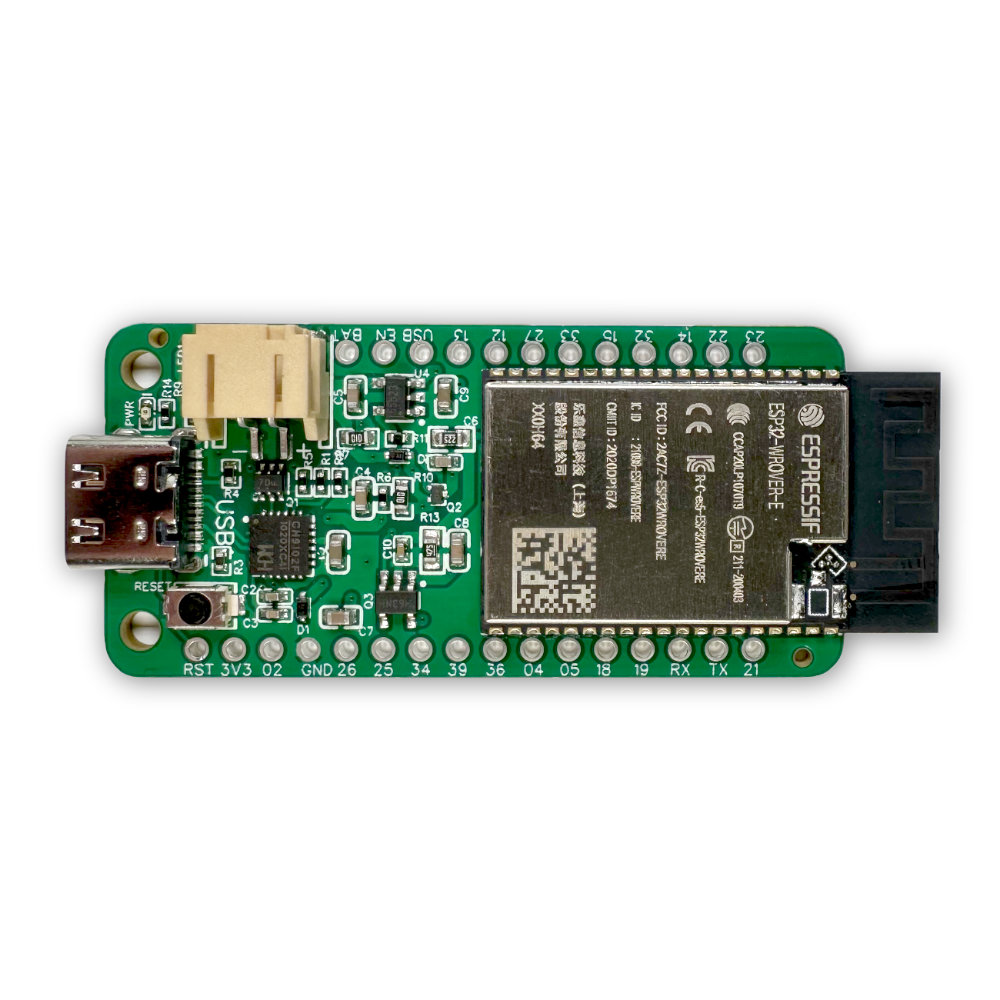

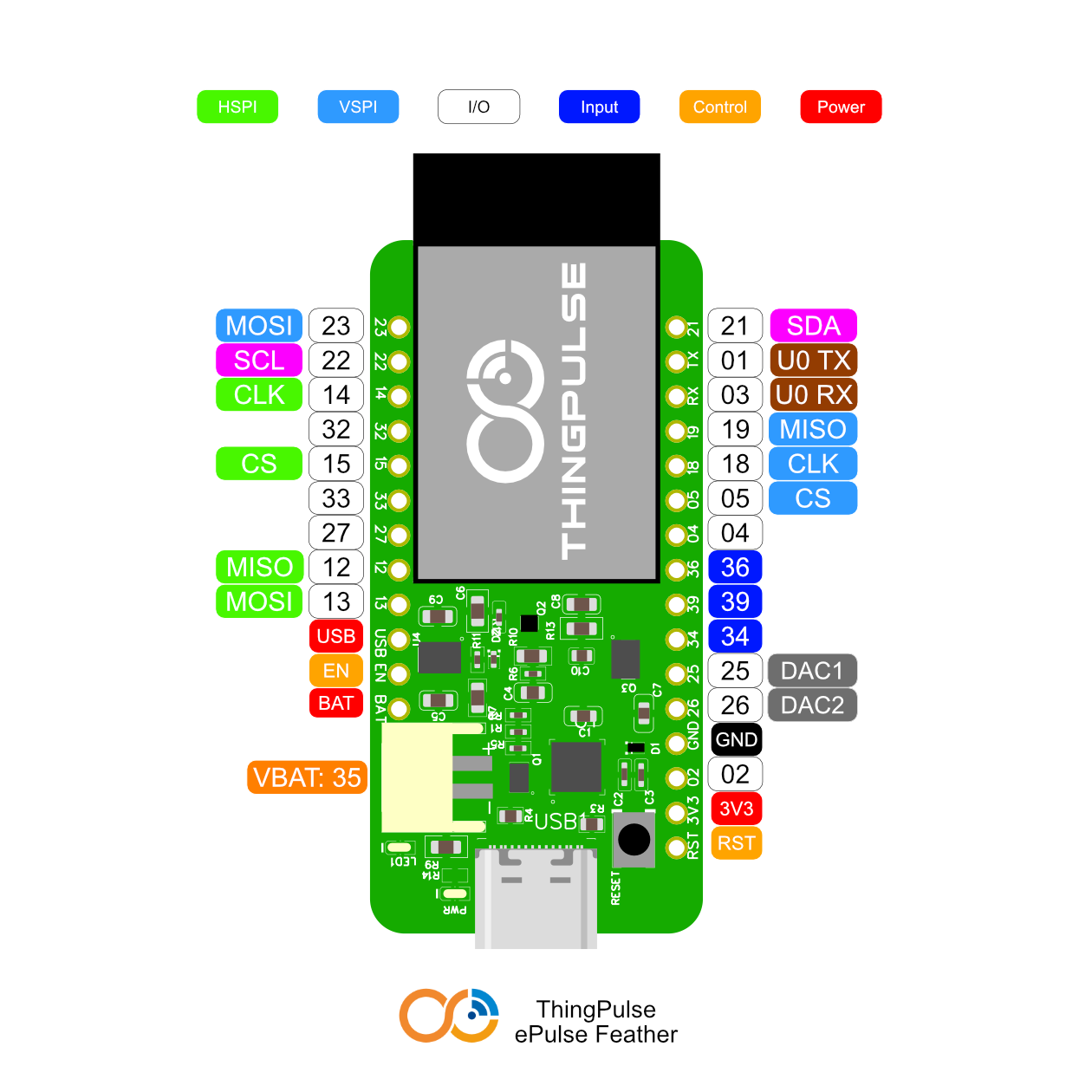



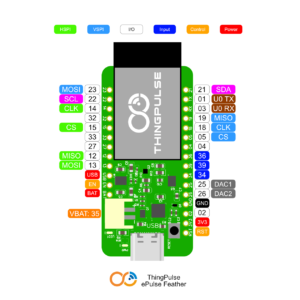
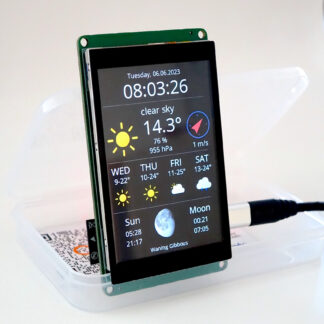
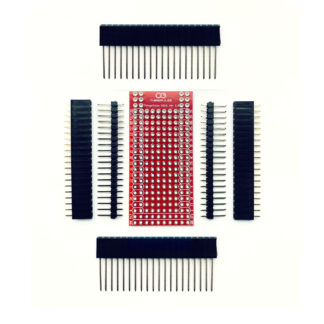
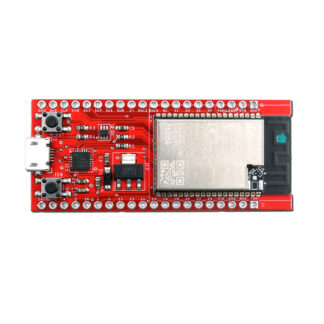
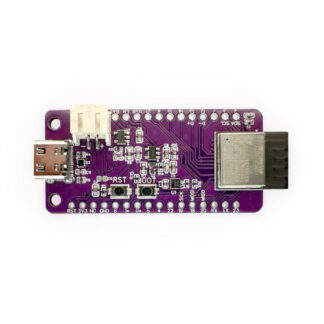
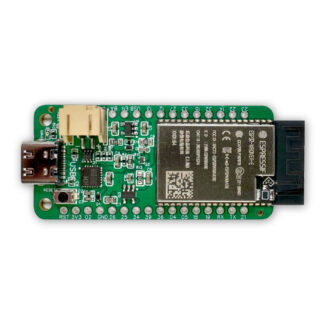
Reviews
There are no reviews yet.